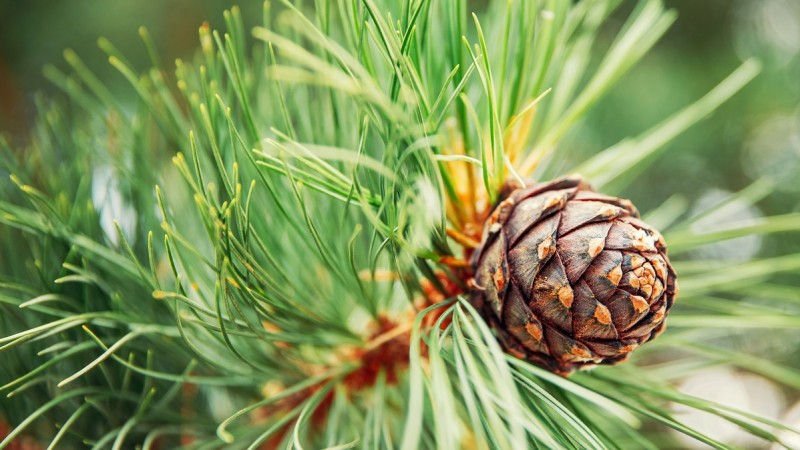Pine nuts: erratic figures in Asia
June 24, 2024 at 11:34 AM ,
Der AUDITOR

Erratic gains in Asia
Global pine nut production will rise by an astonishing 75% in 2024/2025 as compared with 2023/2024 as the figures presented at the INC Congress in Vancouver show. China and Russia are the main drivers as output is set to rise by 139% and 208% respectively. Both countries witnessed declines in 2023/2024. Most notably in Russia where production slumped by more than 80% to 6,500 mt in 2023/2024 as compared with the 41,000 mt crop witnessed in 2022/2023. According to Interfax China is a key export destination for Russia along with Saudi Arabia, the United Arab Emirates and Kuwait as well as Kazakhstan, Belarus and Turkey. To boost revenues and domestic processing Russia will implement an export duty of 25% or at least EUR 80/mt on in-shell pine nuts (HS code 080291) as of 1 August 2024. This duty will rise to 50% or least EUR 160/mt as of 1 August 2025. North Korea is also anticipating a 33% rise in production.
Contrary to this, production will decline sharply in Mongolia, Afghanistan and especially in Pakistan. Local media reports highlight that illegal harvesting is causing considerable damage in Mongolia. While harvesting normally starts in October when the cones fall to the ground, illegal harvesters start hitting predominantly older tress with giant mallets in August. This practice not only forces the tress to shed their cones prematurely but also damages the inner layers of the trees causing many to stop growing and making them vulnerable to insects. Harvesters sell the nuts to middlemen, who resell these volumes to China, where they are processed and exported at much higher rates. With exports increasing the cedar forest areas have declined by 12% since 2014. Although the government intends to plant 44 million cedar trees by 2030, it takes around 25 to 45 years for a tree to produce nuts. Reports from Afghanistan are more upbeat in highlighting the rise in exports from the eastern parts of the country to China. Harvesting pine nuts presents a great opportunity for many impoverished families in the area. Yet, harvesters require better equipment and tools to work more effectively.
Moderate Mediterranean figures
The figures presented for the Mediterranean are much more moderate, with the notable exception of Portugal where production will more than double to 1,500 mt. Turkey is the main producer of this variety, followed by Spain. While Turkey is anticipating a small production decline of 2%, production is expected to slump by 27% in Spain.
|
Global pine nut production (mt) |
|||
|
Asia (Pinus koraiensis, P. sibirica, P yunnanensis, P. gerardiana) |
|||
|
Country |
2023/24 |
2024/25 |
Diff. |
|
China |
33,500 |
80,000 |
138.8% |
|
North Korea |
15,000 |
20,000 |
33.3% |
|
Russia (Siberia) |
6,500 |
20,000 |
207.7% |
|
Mongolia |
5,000 |
4,000 |
-20.0% |
|
Afghanistan |
4,400 |
2,300 |
-47.7% |
|
Pakistan |
4,300 |
800 |
-81.4% |
|
Subtotal |
68,700 |
127,100 |
85.0% |
|
Mediterranean (Pinus pinea) |
|||
|
Turkey |
5,400 |
5,300 |
-1,9% |
|
Spain |
2,070 |
1,500 |
-27.5% |
|
Portugal |
700 |
1,500 |
114.3% |
|
Italy |
950 |
1,050 |
10.5% |
|
Others |
360 |
370 |
2.8% |
|
Subtotal |
9,480 |
9,720 |
2.5% |
|
Total |
78,180 |
136,820 |
75.0% |
|
China Chamber of Commerce for Import and Export of Foodstuffs, South East Anatolia Exporters Association and other INC sources, in-shell basis |
|||
View more
- price charts for nuts, oilseeds and grains and many more products





